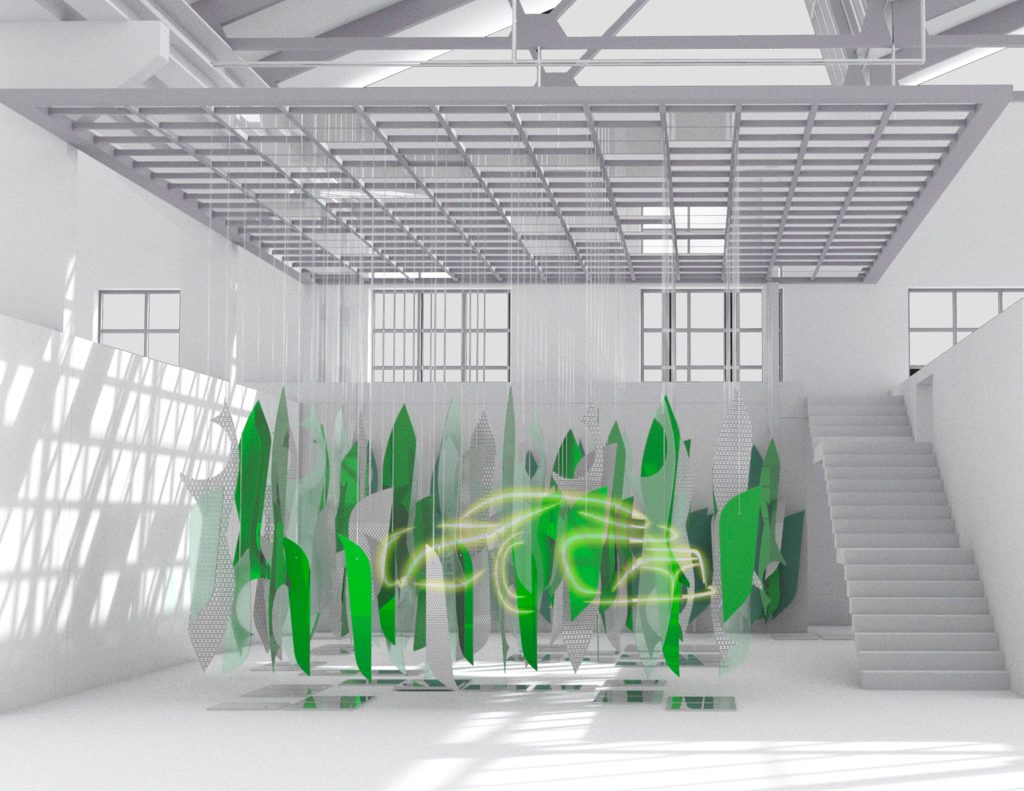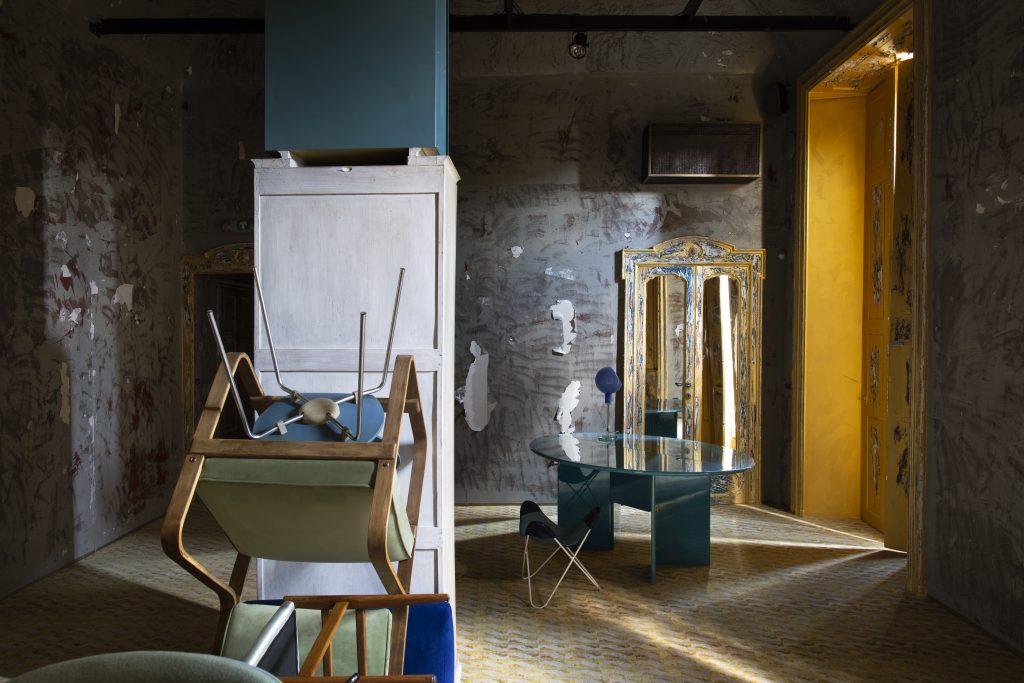Milano Design Award 2017: Winning Installations
Abstract, colorful and immersive, the best pieces from design week
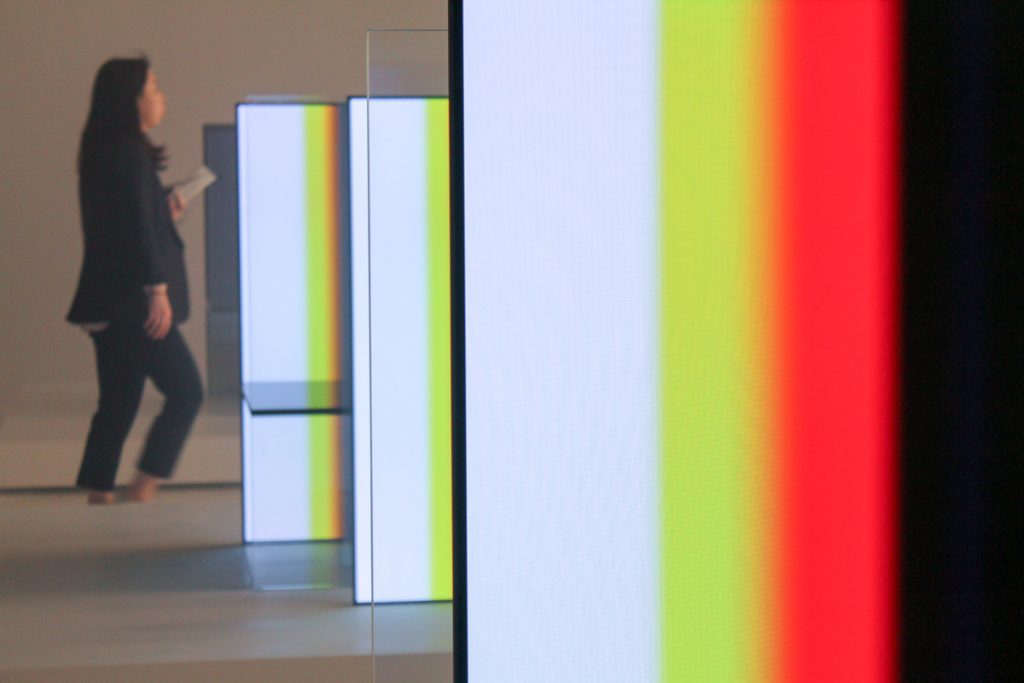
Each year, after visiting Milan Design Week, everybody wants to discuss their own list of favorites. A few years ago Elita had the idea of turning the gatherings of designers and friends that used to happen at Valentina Ventrelli’s home into a real award. Milano Design Award is, to date, the only of its kind devoted to celebrating the best installations of the Fuorisalone, otherwise known as the events that happen in the city not the fairgrounds. One of the goals of this award is to document the evolution of taste and the emerging trends at Milan Design Week. However, it also aims to recognize the work of the international community of design.
After seven years, the Award is now also supported by the design districts of Milan. They help in the preliminary selection from the more than 1500 events that happen in our city’s most intense week of the year. The seventh edition award ceremony took place at La Triennale di Milano on 6 April 2017 and was opened by two lifetime achievement awards, meant for people and companies that built the history of Fuorisalone. The winners were Cappellini for the category of historical company in the field and Tom Dixon for his work as a designer, both of which were awarded by Giuseppe Sala, Mayor of Milan.
The international jury was chaired by Luca Cipelletti (architect and winner of the 2016 edition) and composed of Illustrator Olimpia Zagnoli, designer Giorgio Di Salvo, Marco Velardi (founder and director of Apartamento magazine) and Cool Hunting’s co-founder and executive editor Evan Orensten.

LG’s “S.F._Senses of the Future,” hosted by Superstudio Più in via Tortona, took this year’s top honors. The installation, designed by Tokujin Yoshioka, made use of OLED technology to create an overwhelming yet poetic environment. Yoshioka imagined a series of sculptural chairs made with transparent glass and monitors that displayed abstract images of colors and shapes derived from natural landscapes. The backdrop was an impressive wall of 30,000 tiny OLED screens, which powerfully mimics the vibrance and intensity of sunlight.
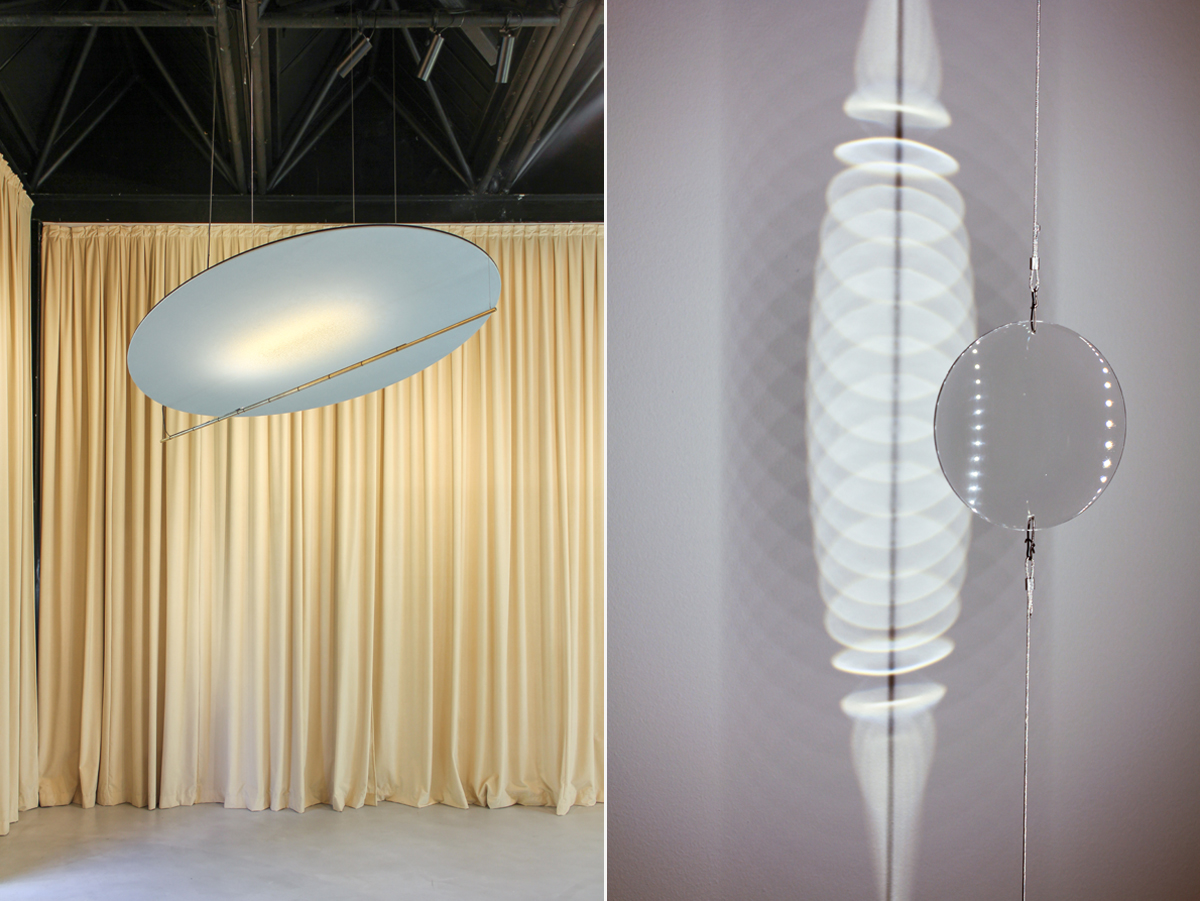
Foundation, an exhibition that showcased the work of Formafantasma at Spazio Krizia, by two Amsterdam-based Italian-born designers gained two awards: Best Technology and Press Choice. Foundation presented the light experiments made by Formafantasma. Their work is centered on an artistic approach toward technology and the essential installation was mainly orchestrated through the light and color effects created by the objects on display.
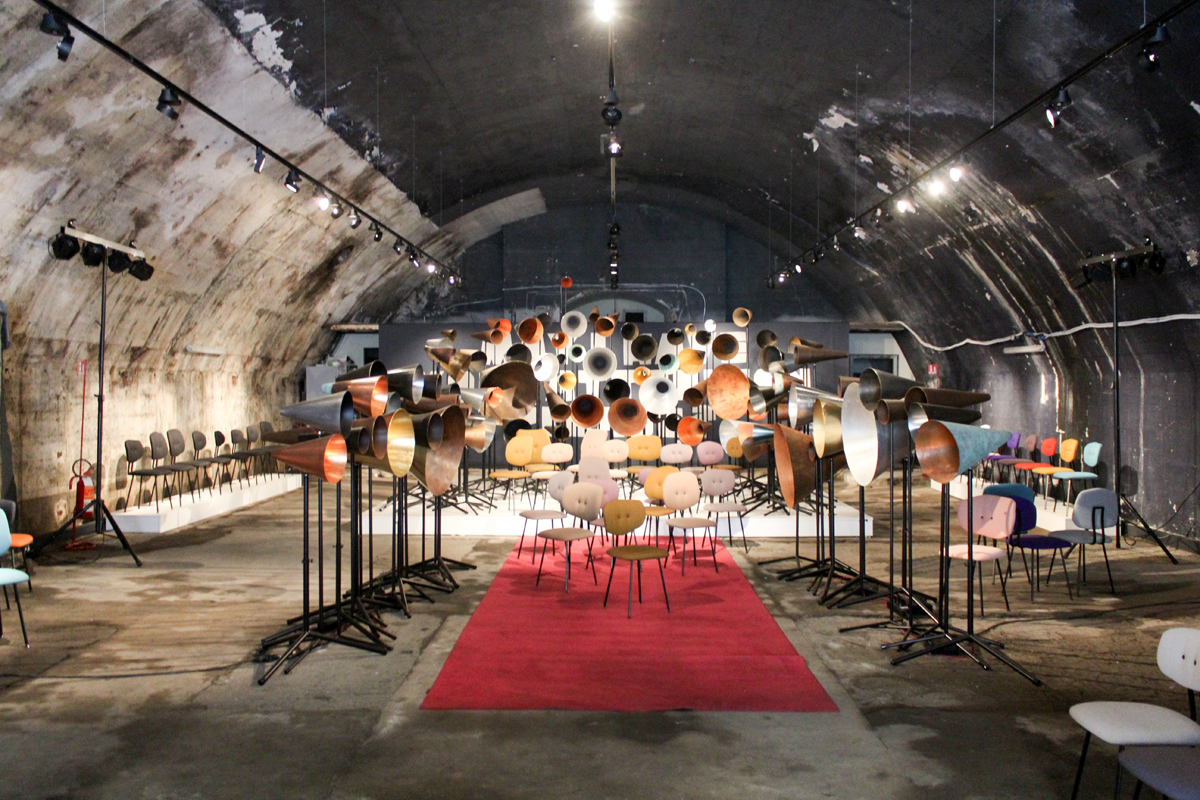
One other category, Best Concept, was destined for winner Maarten Baas and his installation for Lensvelt. “May I have your attention, please?” was part of one of the most interesting areas of Design Week, Ventura Centrale. Baas filled one of the old warehouses of the Central Railway Station with chairs and megaphones. Counterintuitively, the sound emitted was not noise and cries, but just whispers coming from several different sources. The result was a clever, analog parody of the desperate desire for attention that we all live with, in the digital age.
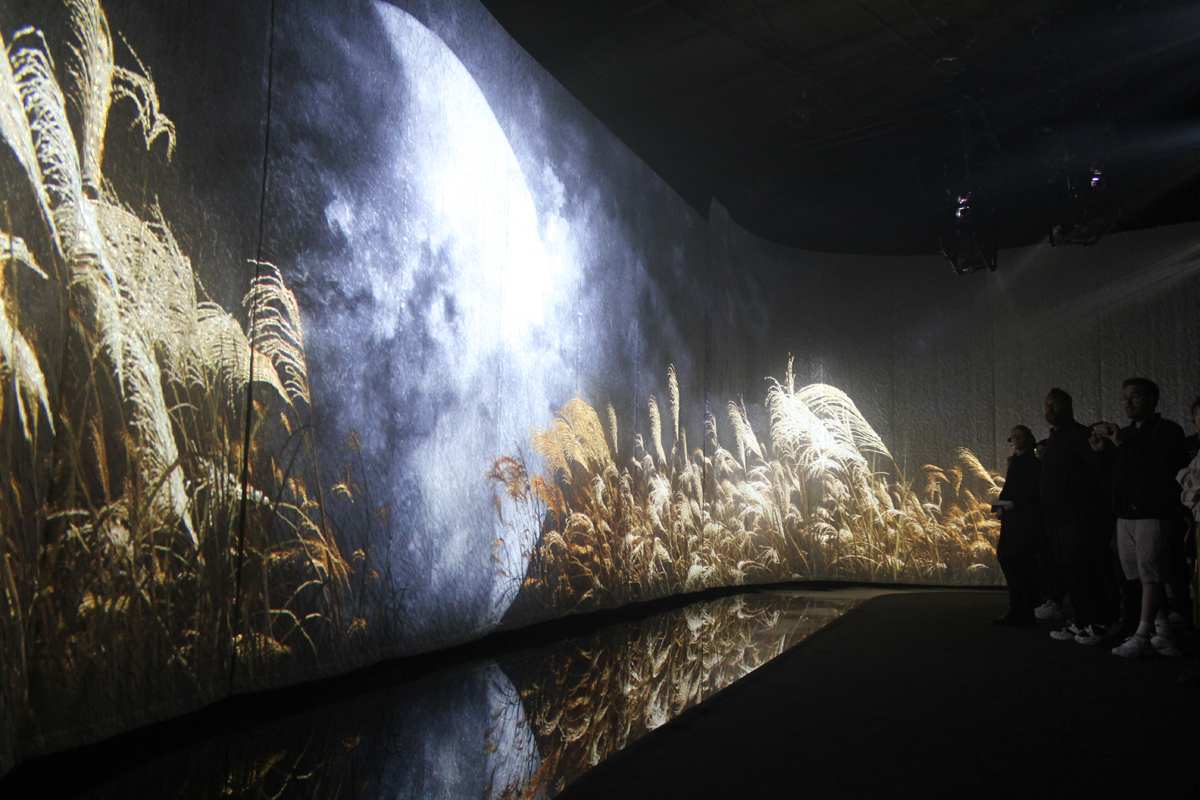
This year’s Best Storytelling Award went to Panasonic’s “Electronics Meets Crafts,” designed by GO ON and Panasonic Design with Shuichi Furumi. As the title clearly states, Panasonic’s desire has been to reveal the beauty of the most traditional Japanese crafts in combination with their most sophisticated technologies. The installation was made of three different stages, hosted in the historic Accademia di Brera, the most prestigious Italian art academy. The first space was a theater in which inspirational videos were projected onto a screen made of precious kimono fabrics. The second phase presented artisanal Japanese daily objects like tea pots, bamboo lamps, wooden buckets—all of which were filled with hi-tech products. Curiously, you could hear the sounds of the forest coming from the tea pots, the buckets were able to keep sake at the right temperature, and the lamps had no visible light source. The third and last step showcased collaborative work conducted by Panasonic with the design students of the Accademia.

One of the most photographed installation of the week was “New Spring,” designed by Studio Swine for COS. Their minimalistic tree created bubbles filled with perfumed smoke and visitors lined up for hours to pop them and to take photos and selfies. Such a level of involvement, the emotion and the smiles it created were among the reasons for which the jury decided to give them Milano Design Award for Best Engagement.
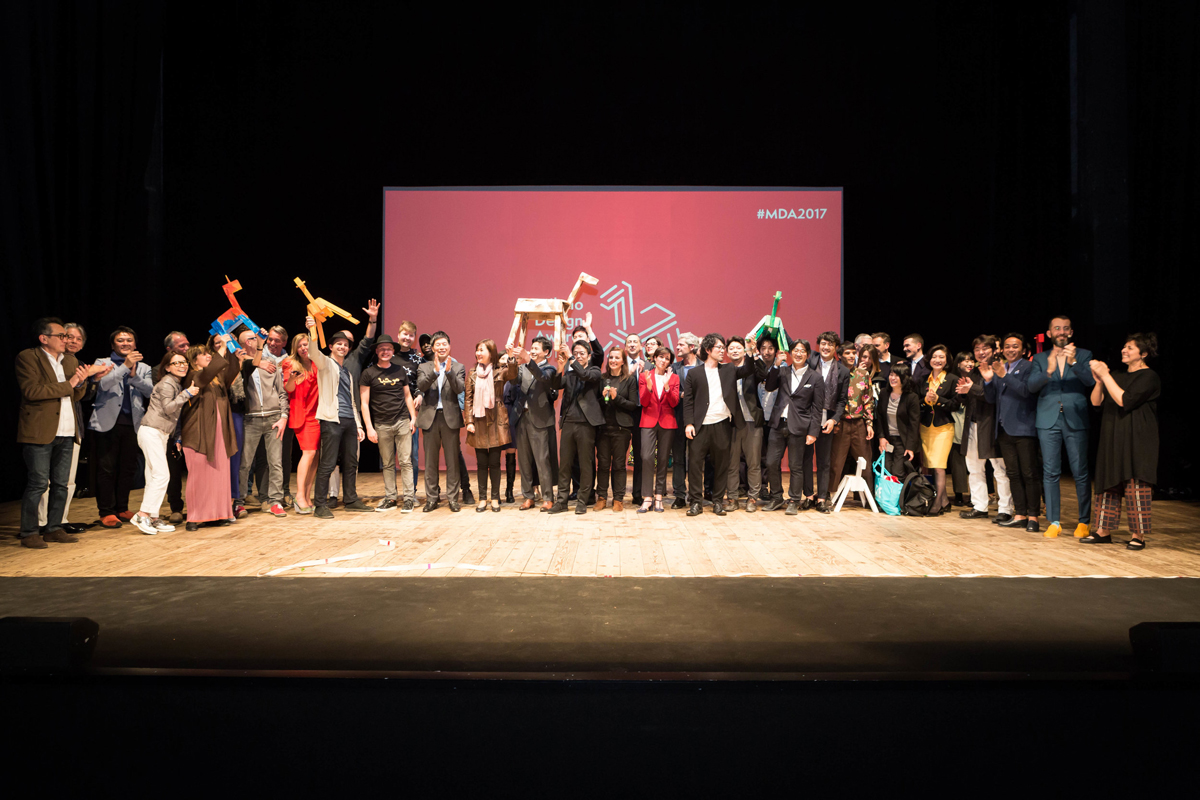
The Unicorn is a new entry in the competition and its goal is to award installations that are difficult to define, those which stand at the crossroads of disciplines and inspirations. The winner of the Unicorn was “Superfollies” by Nobody&co in collaboration with Studio Toogood and Arabeschi di Latte. The installation was set in a beautiful private garden, usually closed to the public, once the area in which the horses of the Royal Palace were kept. This history is what motivated the company to ask Toogood to create small shelters for objects—an installation that used dollhouses and dog houses and more to conceal design items. Further, the cute little wooden unicorn that served as the physical prize is a sculpture by artist Duilio Forte, who also imagined the other colorful horses that have become a coveted symbol of Milan Design Week.
“New Spring” image by Josh Rubin, ceremony image courtesy of Milano Design Award, all others by Paolo Ferrarini

